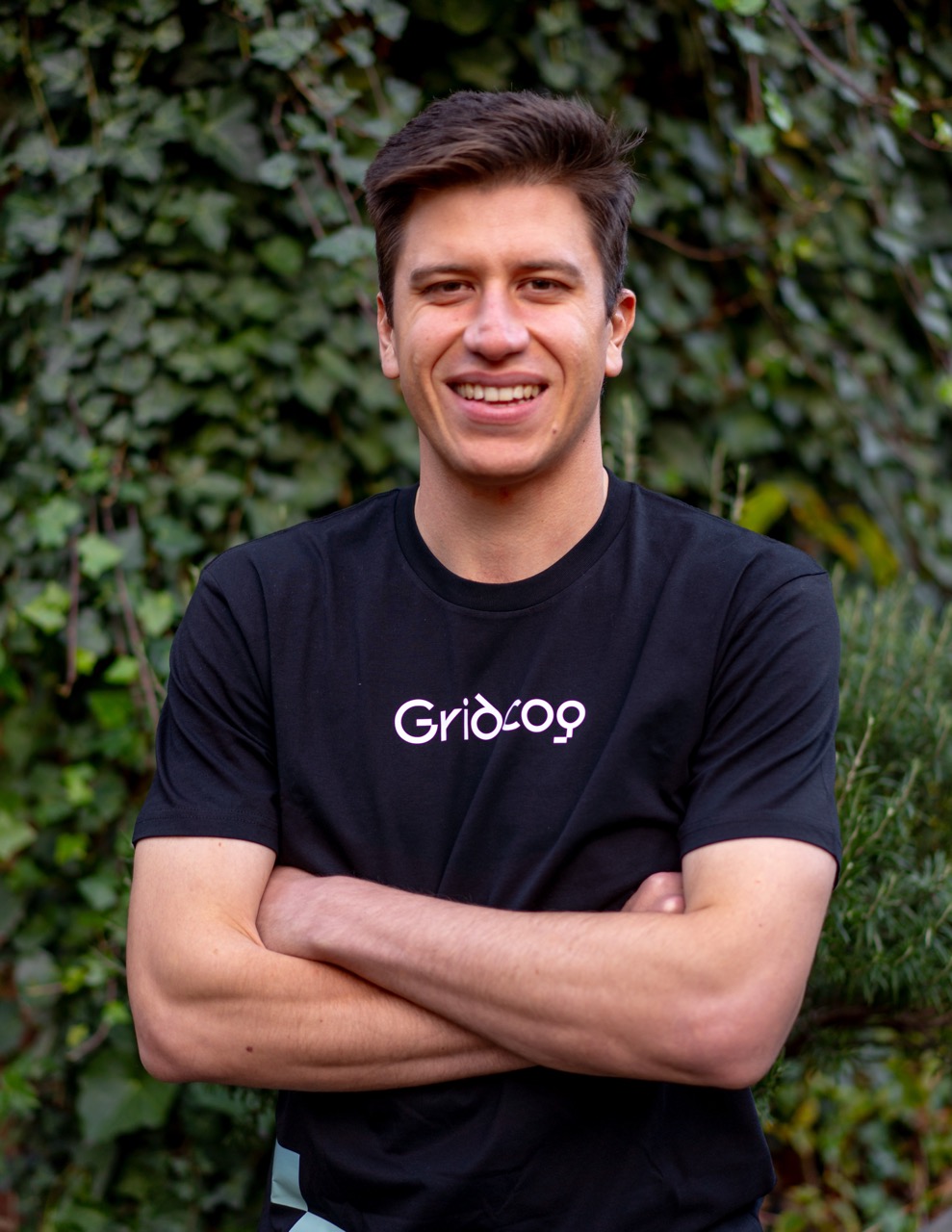My journey learning about the energy industry
.jpg)
In 2022 I joined Gridcog as product lead. Whilst having spent my career as a product manager across a range of industries, this was the first time I’d worked in the energy industry.
At Gridcog, our customers model energy projects, taking into account energy markets and the performance of different kinds of resources like solar, wind, battery storage, and vehicle charging.
As the product lead my role is to understand both the business’s needs and our customers’ needs, and work with everyone in the business to plan and implement improvements to the platform.
Being new to the world of renewable energy, I needed to learn quickly about this technical and fast growing domain. Luckily for me, Gridcog employs friendly and smart energy nerds who are happy to share their knowledge! So, aside from quizzing my colleagues relentlessly, I also geeked out on the AEMO online courses, and attended a fascinating Electricity Industry Fundamentals course.
I thought it might be interesting to share a post about the things I have learned as a newbie to the industry, the things that have surprised me, and how I discovered that my energy education is never going to come to an end.
One of the things I found most interesting about the NEM (National Electricity Market) was the dispatch process, or how the system operator decides which generators to actually use in the grid every 5 minutes!
Each generator has to tell the NEM how much electricity they can supply and for what price over this 5 minute period. The dispatch engine (NEMDE) then finds the cheapest way to meet the expected demand for that period.
The dispatch engine orders all the bids in order of increasing price, so the lowest bids are accepted first. When it reaches the amount of energy required to meet demand, it will stop accepting bids, and the price it stops at becomes the “marginal” or “spot” price, which will be paid to all the generators who were accepted, even if their bid was lower.
There are of course many different types of electricity generators, and their physical and financial attributes all come into play in the auction process. Some of the considerations include:
- Coal fired generators take a long time to ramp up or down, they need to be dispatched, and they can’t simply switch off. They may even bid a negative price to make sure they are used.
- Open cycle gas turbines (OCGT) have high costs they need to cover, so they may bid a higher number and not end up being used.
- Renewable energy generators such as wind or solar have no or very low operating costs to cover, so they might bid zero.
- We need a mix of generator types to keep the grid working (more on this below).
I have always been curious about renewable energy, but before joining Gridcog, I hadn’t realised how many things need to be considered as renewables continue to influence and change traditional energy generation.
Because of the lower running cost of renewables and their ability to bid lower prices, over time they have contributed to electricity prices being driven down during times of high renewable energy output.
There is a question around whether that affects the overall price of electricity paid by consumers, since residential demand is higher in the mornings and evenings when there is less solar generation, and the impact on traditional synchronous generators, which we still need right now.
The system operator needs to consider that whilst the energy output from wind and solar assets are better for the environment, their generation is variable. We can’t control them if the NEM needs them to ramp up or down to meet demand in the grid. But as a way to mitigate this, we can include generators that can be controlled, such as gas, hydro and batteries.
The system operator also needs to consider inertia, which is vital for keeping the frequency of the grid stable. Large synchronous generators provide physical inertia which will slow the rate of change of frequency in the electricity system when there is an imbalance between support and demand.
Because wind and solar don’t provide inertia, for now we still have to rely on some of the coal and gas generators, but the development of technologies like synchronous condensers or grid forming inverters overcome this challenge.
Batteries are already helping us to respond quickly to changes in frequency today and will be an increasingly important part of our future high-renewables lower-inertia energy system.
In the past year and half I have learned so much about the energy industry. My colleagues at Gridcog are incredibly passionate about energy and we regularly discuss changes in technology, participate in energy events, share information about what we’ve learned, and challenge ideas. I am excited about the growth of this vital industry, and I am really looking forward to seeing what’s next.
If you’d like to learn even more about the Australian NEM, my colleague Alex recently recorded an intro to the NEM. You can watch it here.







